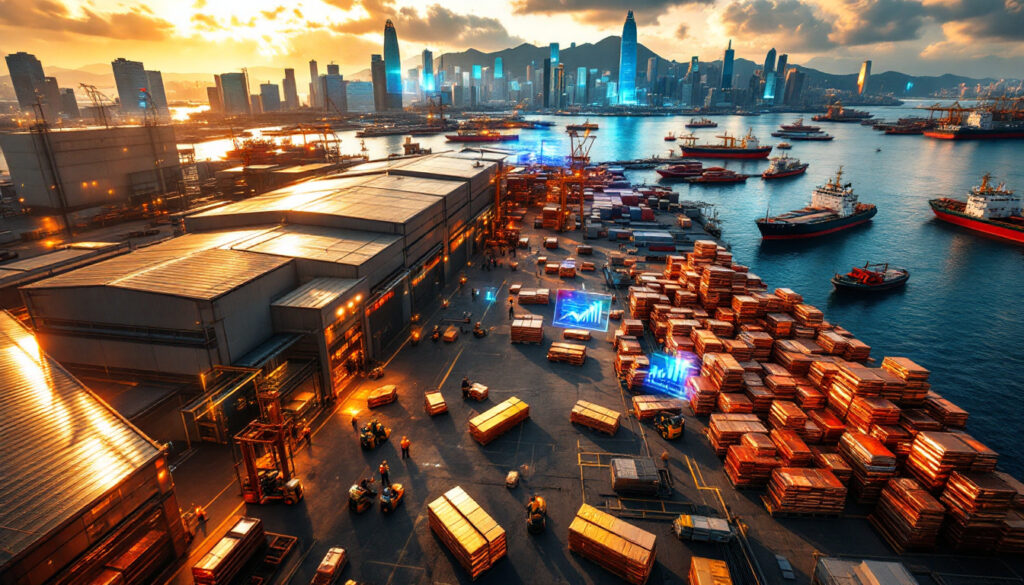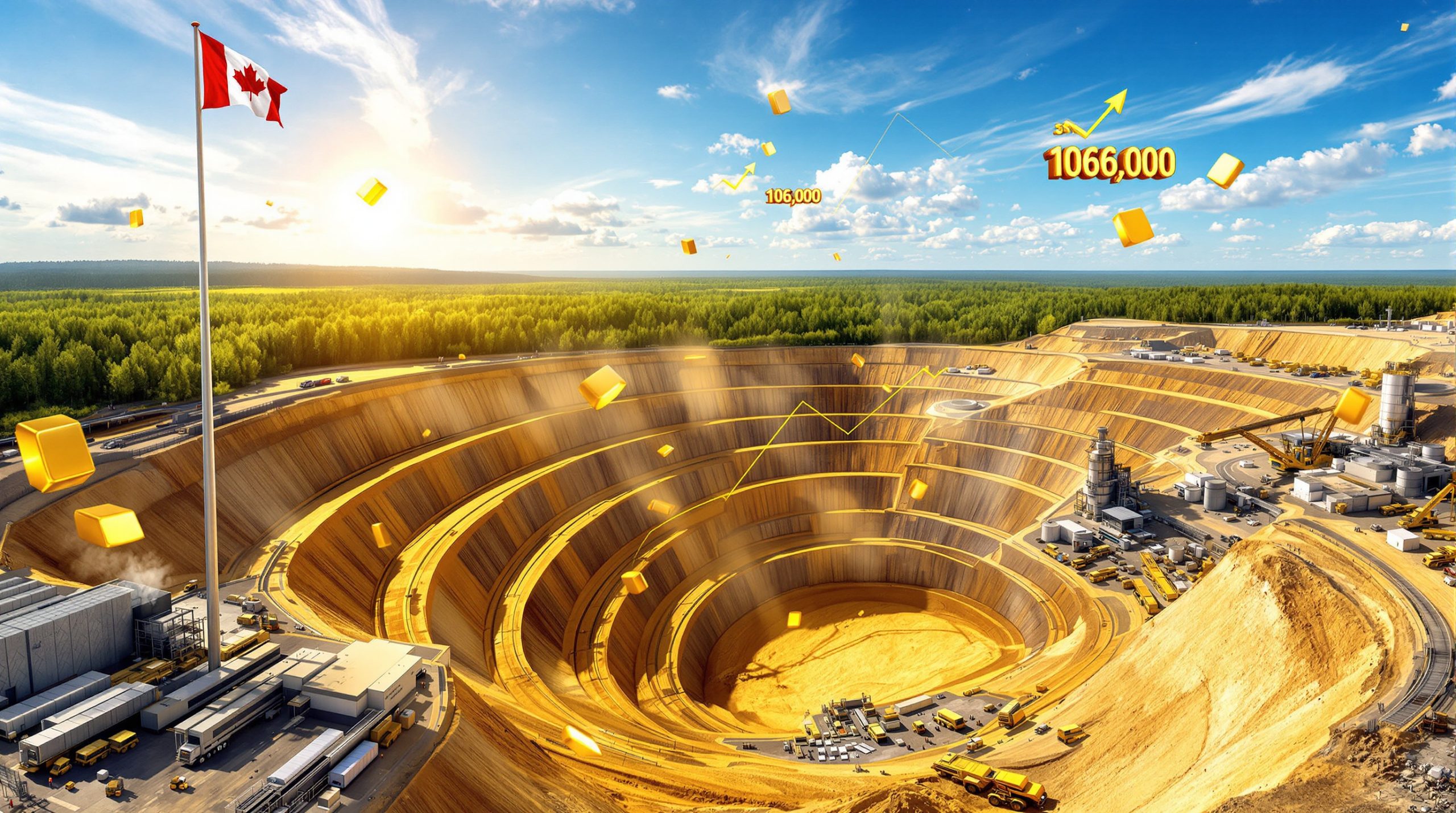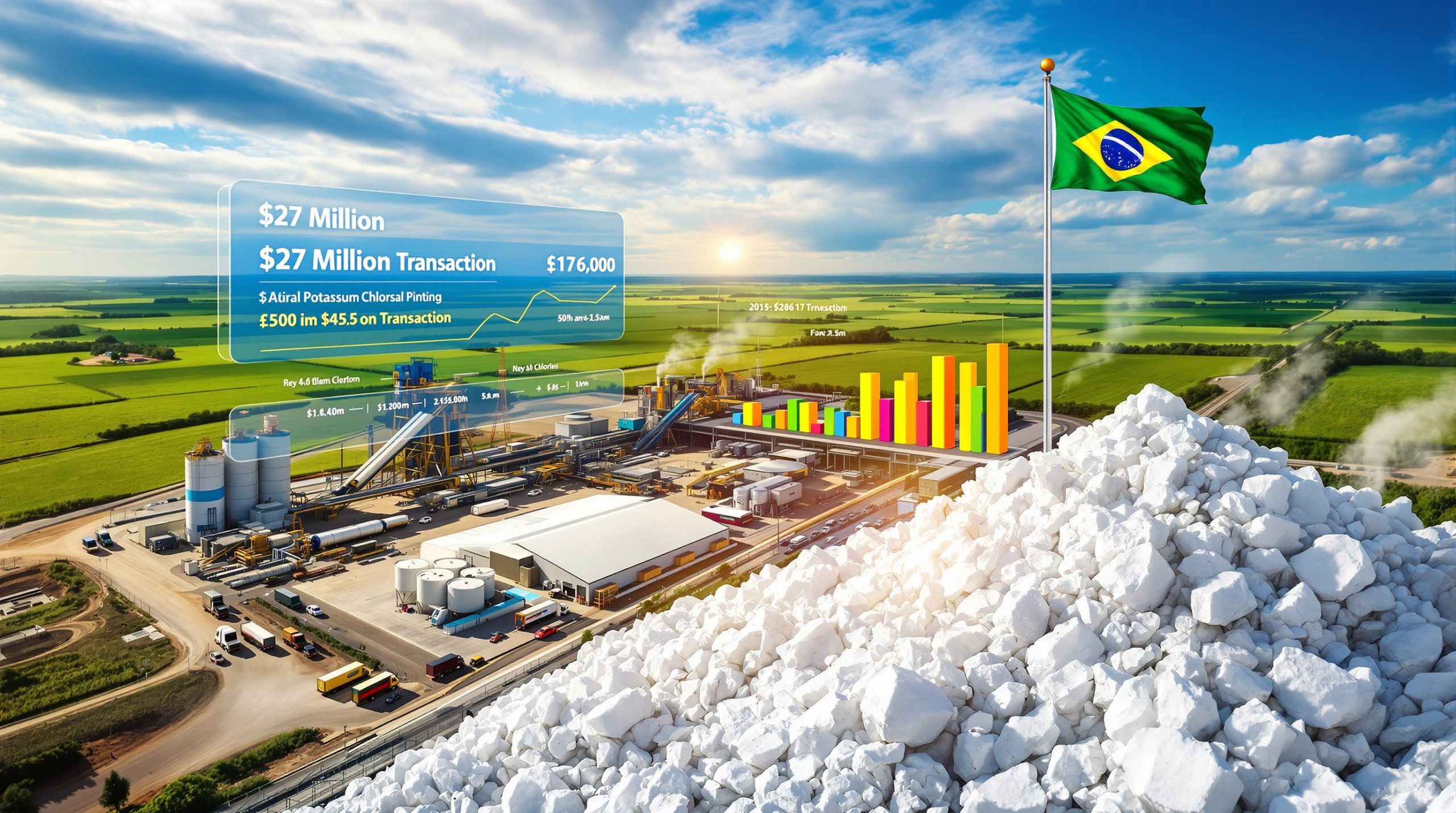What Is the London Metal Exchange (LME) and Its Significance?
The LME's Global Role in Metals Trading
The London Metal Exchange, founded in 1877, serves as the world's premier marketplace for industrial metals, facilitating over $15 trillion in annual derivatives trading. Its benchmark prices for base metals like copper, aluminum, and zinc underpin global supply chains, influencing contracts across manufacturing, construction, and energy sectors. The LME's acquisition by Hong Kong Exchanges and Clearing (HKEX) in 2012 integrated Asian market dynamics into its operations, particularly China's market influence. This ownership has enabled the LME to bridge Western financial systems with Asia's commodity-driven economies, creating a unique platform for price discovery and risk management.
How LME Warehouses Function in the Global Metals Market
LME warehouses operate through a network of authorized storage companies, which hold metals on behalf of warrant holders—investors or traders with ownership rights. These facilities adhere to strict quality and logistical standards, ensuring metals meet LME specifications for grade, weight, and packaging. Crucially, the LME does not own or manage warehouses directly but accredits third-party operators, maintaining market neutrality. The warrant system allows metals to be traded as collateral, providing liquidity and enabling hedging strategies for producers and consumers.
Why Did Hong Kong Establish LME Warehouses?
The Strategic Approval Timeline
Hong Kong's path to becoming an LME warehouse location began with provisional approval on January 20, 2025, followed by the final authorization of four facilities on April 15, 2025. This 85-day interval allowed regulators to finalize customs protocols, storage certifications, and compliance frameworks aligned with LME's global standards. The expedited timeline reflects concerted efforts by Hong Kong's Financial Services Development Council and the Securities and Futures Commission to position the city as a regional metals hub.
Hong Kong's Commodities Hub Ambitions
The warehouses directly support Chief Executive John Lee Ka-chiu's vision to expand Hong Kong's role in commodity trading beyond precious metals. By integrating physical storage with financial derivatives, the city aims to capture a larger share of Asia's $4.2 trillion annual metals trade. Tiger Shi notes that the initiative addresses historical disparities between mainland China's domestic prices and international benchmarks, reducing arbitrage opportunities and fostering market stability.
How Will LME Warehouses Benefit Hong Kong's Financial Status?
Strengthening Hong Kong's Position as an Asian Commodities Hub
The warehouses enhance Hong Kong's competitiveness against rivals like Singapore and Shanghai, which lack comparable LME-linked infrastructure. Clara Chan, CEO of Lee Kee Group, highlights reduced logistical costs for mainland Chinese firms, which previously relied on warehouses in South Korea or Taiwan. Projections suggest a 20–30% increase in regional trading volumes by 2026, driven by streamlined delivery and settlement processes.
Creating Market Integration Between China and Global Markets
The LME warehouses will synchronize mainland China's commodity prices with global markets, mitigating the "China price" phenomenon where domestic rates deviate from international benchmarks. This alignment benefits producers by reducing pricing uncertainty and helps consumers secure materials at transparent rates. For example, copper smelting trends can now be more accurately reflected in pricing as traders can arbitrage between Shanghai Futures Exchange (SHFE) and LME contracts using Hong Kong's warehouses, improving market efficiency.
What Metals Will Be Stored in Hong Kong's LME Warehouses?
Key Industrial Metals and Their Strategic Importance
Initial approvals focus on copper, a metal critical for electronics, construction, and renewable energy infrastructure. Each warehouse can store up to 50,000 metric tons, with capacity scalable to 200,000 metric tons by 2027. This positions Hong Kong to handle 15–20% of Asia's copper storage needs, reducing reliance on traditional hubs like Busan and Rotterdam. Future expansions may include aluminum and zinc, aligning with China's demand for lightweight manufacturing materials.
Trading and Delivery Mechanisms
Physical delivery via LME warehouses involves warrant transfers between buyers and sellers, settled through HKEX's clearing system. The process typically takes 2–3 business days, compared to 5–7 days for cross-border shipments, enhancing liquidity. Regulatory oversight by HKEX ensures adherence to anti-fraud measures, including weekly stock audits and real-time inventory tracking.
What Are the Economic Implications for Hong Kong?
Job Creation and Economic Activity
The warehouses are expected to generate 800–1,000 direct jobs in logistics, quality assurance, and compliance by 2026. Indirect benefits include growth in ancillary services like insurance, freight forwarding, and fintech solutions tailored to metals trading. Economists estimate a $2.1 billion annual boost to Hong Kong's GDP, driven by increased trading fees and corporate activity.
Enhancing Hong Kong's Value Proposition as a Financial Center
By combining metals storage with HKEX's derivatives platforms, Hong Kong offers a vertically integrated ecosystem for commodity traders. This integration attracts institutional investors seeking exposure to Asia's infrastructure growth, particularly in renewable energy and electric vehicles. Long-term strategic advantages include stronger ties to Belt and Road Initiative projects, where metals financing is critical.
How Does This Development Compare to Other Global Metals Hubs?
Comparative Analysis with Established Metals Trading Centers
Hong Kong's LME warehouses complement London's financial expertise and Singapore's logistical prowess, creating a tripartite axis in global commodities insights. Unlike Shanghai, where capital controls limit foreign participation, Hong Kong provides unrestricted access to global investors while maintaining proximity to Chinese demand. This dual advantage positions the city to capture 25–30% of Asia's metals derivatives trading by 2030.
Integration with China's Belt and Road Initiative
The warehouses facilitate metals financing for Belt and Road infrastructure projects, enabling efficient material sourcing for rail, port, and energy developments. By 2027, HKEX plans to launch commodity-backed financial products tied to specific projects, further integrating physical and financial markets.
FAQ About LME's Hong Kong Warehouses
What Makes an Official LME Warehouse Different from Regular Storage Facilities?
LME warehouses must undergo biannual audits, maintain 24/7 surveillance, and provide insurance coverage for stored metals. Regular facilities lack these safeguards, exposing traders to quality and theft risks.
How Will This Development Affect Metal Prices and Availability?
Price volatility for copper and aluminum in Asia is projected to decrease by 12–15% due to improved arbitrage mechanisms. Physical availability will tighten initially as traders stockpile warrants, but market equilibrium is expected by late 2026.
What Future Developments Can Be Expected in Hong Kong's Commodities Market?
Plans include blockchain-based warrant tracking by 2026 and expansion into rare earth metals storage, catering to high-tech industries.
Conclusion: The Future of Hong Kong's Role in Global Metals Trading
Hong Kong's LME warehouses mark a paradigm shift in Asia's commodity markets, bridging physical logistics with financial innovation. As the city scales storage capacity and diversifies metal offerings, it will emerge as a linchpin in global supply chains, reinforcing its status as a world-class financial center.
The establishment of the London Metal Exchange's Hong Kong warehouses represents a strategic milestone in the city's financial evolution. With HKEX's 13-year ownership of the LME providing institutional stability, Hong Kong now offers an unprecedented connection between China's massive metals consumption and global trading networks. Industry experts like Tiger Shi of Bands Financial consider this development "a major step forward in integrating international and Chinese base metals markets," highlighting its significance beyond mere storage facilities.
These warehouses address a critical market inefficiency by reducing the price disparities between mainland Chinese exchanges and international benchmarks. With the capacity to store up to 200,000 metric tons of copper by 2027, Hong Kong is positioning itself to capture a substantial portion of Asia's metals trading activity, challenging established hubs like Singapore and Shanghai. The initiative aligns perfectly with Chief Executive John Lee Ka-chiu's broader vision of diversifying Hong Kong's financial services beyond traditional banking and equity markets.
As the London Metal Exchange's Hong Kong warehouses become fully operational, they will not only strengthen the city's status as a financial center but also create a more efficient, transparent, and integrated metals market across Asia. This represents a transformative development for iron ore market dynamics and the broader commodity super cycle, with Hong Kong at its epicenter.
Want to Capitalise on the Next Major Mineral Discovery?
Stay ahead of the market with real-time alerts on significant ASX mineral discoveries through Discovery Alert's proprietary Discovery IQ model, which transforms complex mineral data into actionable insights for both short-term traders and long-term investors. Explore how historic discoveries have generated substantial returns by visiting Discovery Alert's dedicated discoveries page.




